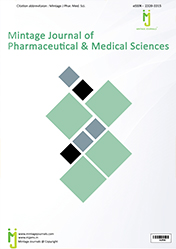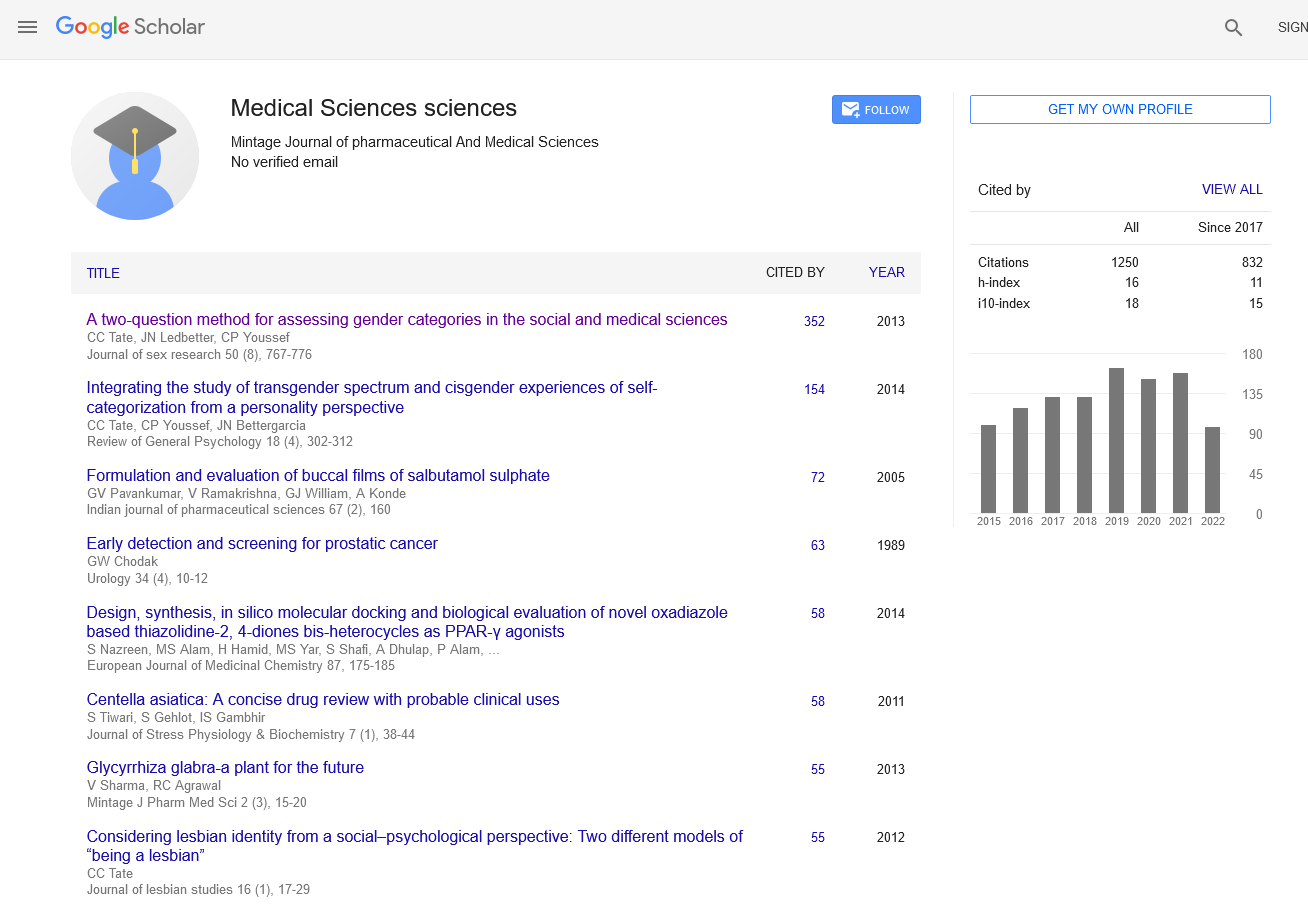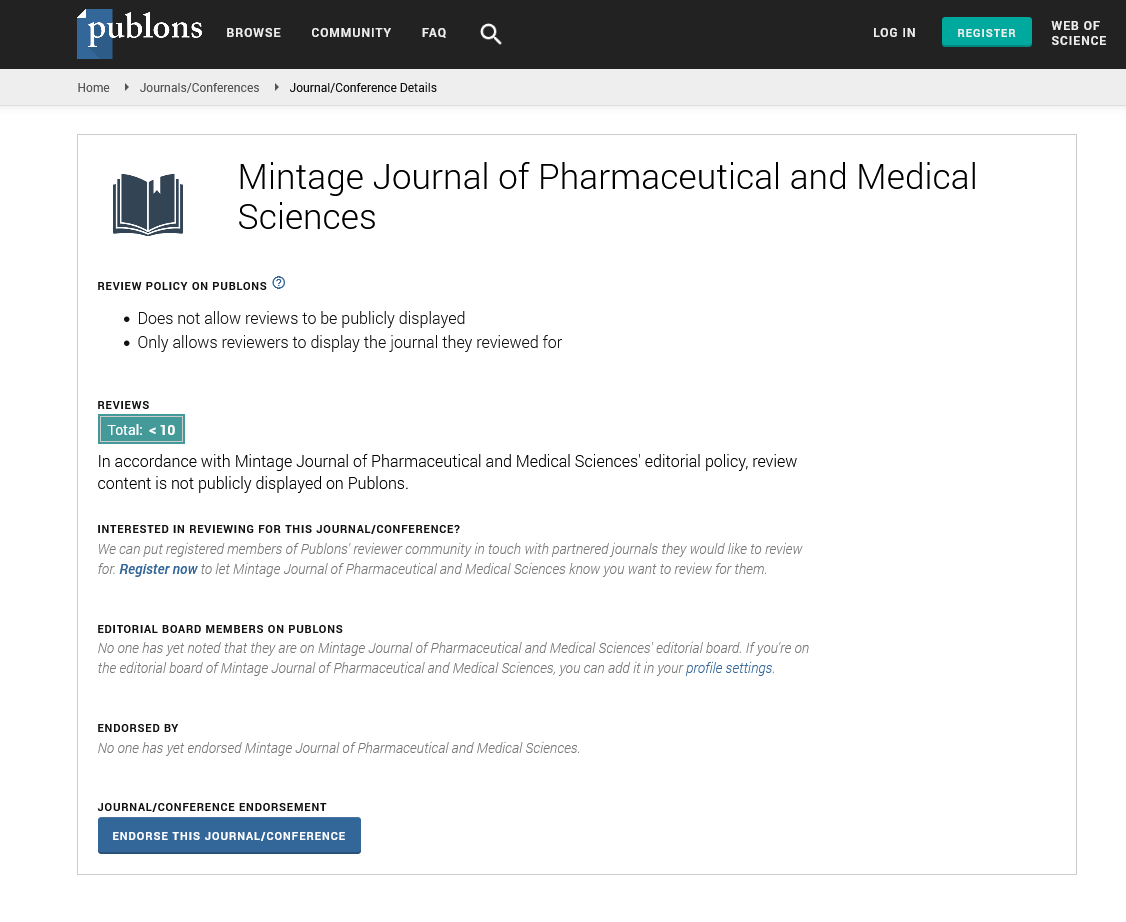ENVIRONMENTAL IMPACT ON PHYTOCHEMICAL PROFILES IN PLANTS
Commentary - (2023) Volume 12, Issue 3
Description
Analyzing how environmental factors affect the production of bioactive compounds in plants. The intricate relationship between the environment and plant life forms the foundation of a field known as environmental phytochemistry. This discipline delves into the study of how various environmental factors influence the production and composition of phytochemicals within plants. Phytochemicals are biologically active compounds found in plants, and they often serve as the basis for numerous pharmaceuticals, nutraceuticals, and herbal remedies. Understanding the environmental impact on phytochemical profiles holds profound implications for fields ranging from medicine to agriculture and ecology.
One of the most significant aspects of environmental influence on phytochemical profiles is the role of climate. Temperature, sunlight, and rainfall are key determinants. For instance, in warmer climates, plants often synthesize higher quantities of secondary metabolites, including various phenolic compounds. These compounds play essential roles in plant defence mechanisms against herbivores and pathogens. Additionally, they contribute significantly to the pharmacological properties of many medicinal plants. Conversely, in regions characterized by cooler temperatures, plants may allocate resources differently, resulting in variations in phytochemical composition.
Altitude, too, exerts a notable influence on phytochemical profiles. As one ascends, several environmental parameters change, including temperature, air pressure, and oxygen levels. These alterations prompt plants to adapt by altering their production of phytochemicals. Research has shown that higher altitudes often lead to an increased synthesis of secondary metabolites. These compounds serve as a protective mechanism against the harsher environmental conditions typically found at elevated levels. Consequently, plants growing at higher altitudes may offer a more potent source of bioactive compounds.
Soil composition and nutrient availability constitute another vital factor impacting phytochemical profiles. The types and quantities of minerals present in the soil profoundly influence a plant’s capacity to produce specific phytochemicals. For example, an abundance of nitrogen often leads to an increased production of alkaloids, a class of bioactive compounds with diverse medicinal properties. Understanding these relationships allows for strategic cultivation practices, enabling the optimization of phytochemical yield in plants destined for medicinal or nutraceutical use.
Moreover, environmental stressors, such as pollution and drought, have been shown to stimulate the production of phytochemicals. In response to adverse conditions, plants may intensify the synthesis of secondary metabolites as a means of fortifying their defences. This heightened production can lead to an enrichment of bioactive compounds in stressed plants. Researchers are keen to explore how these adaptations can be leveraged in the development of stress-tolerant crops or in the identification of novel medicinal resources.
In conclusion, the profound interplay between the environment and phytochemical profiles has far-reaching implications for numerous scientific disciplines. Understanding how climate, altitude, soil composition, and stressors influence the production of bioactive compounds in plants enables us to harness nature’s potential in fields as diverse as medicine, agriculture, and ecology. This knowledge not only expands our understanding of plant physiology but also offers innovative solutions to address pressing global challenges, from drug discovery to sustainable agriculture practices. As we continue to unravel the intricate dance between plants and their environments, we unlock new avenues for scientific exploration and innovation.
Acknowledgement
The authors are very thankful and honoured to publish this article in the respective Journal and are also very great full to the reviewers for their positive response to this article publication.
Conflict Of Interest
We have no conflict of interests to disclose and the manuscript has been read and approved by all named authors.
Author Info
Eamon Neller*Received: 29-Aug-2023, Manuscript No. mjpms-23-117145; , Pre QC No. mjpms-23-117145(PQ); Editor assigned: 31-Aug-2023, Pre QC No. mjpms-23-117145(PQ); Reviewed: 14-Sep-2023, QC No. mjpms-23-117145; Revised: 19-Sep-2023, Manuscript No. mjpms-23-117145(R); Published: 26-Sep-2023, DOI: 10.4303/2320-3315/236054
Copyright: This is an open access article distributed under the terms of the Creative Commons Attribution License, which permits unrestricted use, distribution, and reproduction in any medium, provided the original work is properly cited.

ISSN: 2320-3315
ICV :81.58

